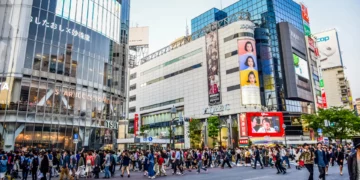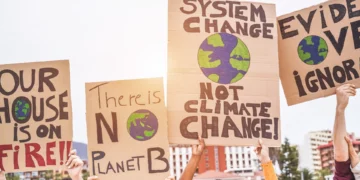The Philippine central bank will raise rates by 25 basis points, in an indication that rates have risen by 0.25 percent percentage points, determining to move more gradually than its global peers in an attempt to cool rising inflation.
While the Southeast Asian nation’s economy recovering from the pandemic and inflation is at 5.4 percent, more than a three-year high, the Bangko Sentral ng Pilipinas (BSP) is under pressure now to recover and prevent the economy from a meltdown.
The incoming governor on Monday, Felipe Medalla signaled that the outlook in the series of rate hikes this year could extend up to 2023 to control inflation, adding on he said, they prefer a gradual unwinding of easy monetary policy.
A six economists panel said the central bank may opt for a 50-basis point increase after the U.S. Federal Reserve’s big interest rate hike last week and the expectation is to move ahead to bring down high inflation.
An economist at Mizuho Bank, Lavanya Venkateswaran said perhaps the BSP does not have adequate incentives to deliver 50bp or more of outsized rates, even though some market prospects have shifted to a 50bp hike.
Adding on she said, The BSP’s attempt to engineer a soft landing may be undermined by such aggressive actions as the economic recovery remains uneven and fragile.
Philippine peso falls
The Philippine Peso fell to its lowest since the middle of 2018, dropping nearly 6 percent this year.
While a depreciating peso is helpful for exports, it would add on more price pressures as the pass-over imported inflation becomes higher, demanding the Philippine’s Central bank to go in for an outsized 50 basis point rate hike.
The BSP Governor, Benjamin Diokno motioned a 25bp surge, but the organization thinks the beleaguered currency and quickening inflation will be enough to strengthen a more effective 50bp rate hike from BSP, according to a senior economist at ING, Nicholas Mapa.
By the end of September, Economists expect the BSP to pick up its shrinking pace. 8 of 18 economists, nearly half, predict the Central bank to hike rates to 3 percent and two of the economists expected it to reach 3.25 percent or higher.
A small section of economists forecasts rates at 4 percent or higher, similar to what was prevalent during the pandemic.
















